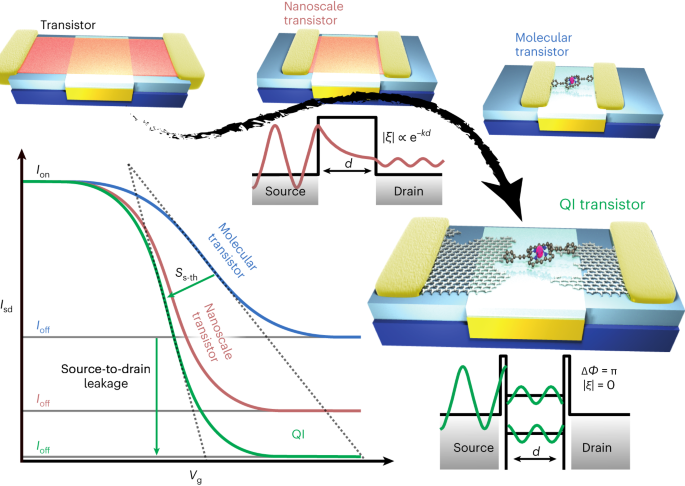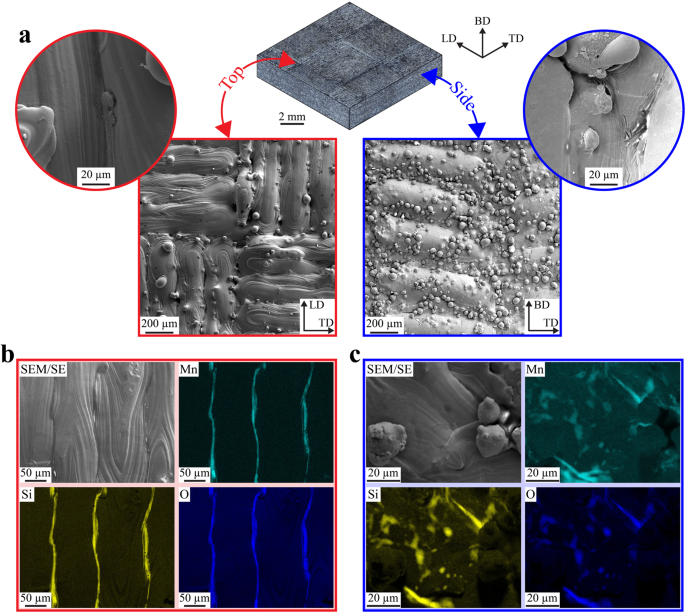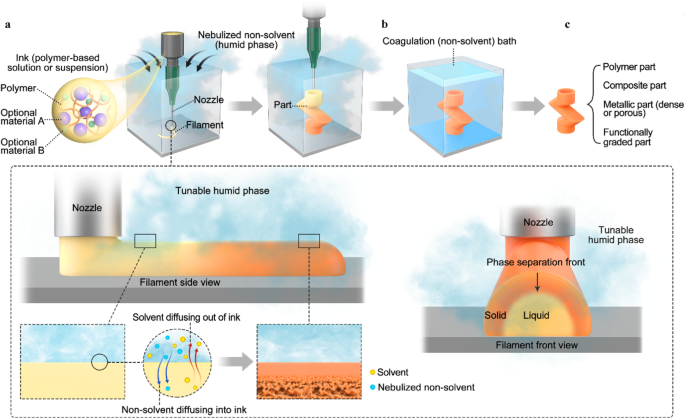2024-03-25 英国・ロンドン大学・クィーンメアリー(QMUL)

・ QMUL、オックスフォード大学、、ランカスター大学およびカナダ・ウォータールー大学が、量子干渉を利用した電子の制御を新しい単一分子トランジスタで実証。
・ トランジスタの微細化が進む中、量子トンネル効果と呼ばれるプロセスにより、電流のオフ時にデバイスから電子が漏れ出ることで、非効率化とエラーの発生の度合いが高まっている。そのため、これを回避するための新たなスイッチングのメカニズムが探求されている。
・ 新しい単一分子トランジスタでは、電子が波のような挙動を呈するナノスケールでの量子効果を利用する。同トランジスタの導電チャネルは、導電性の分子である亜鉛ポルフィリンを 2 本のグラフェン電極で挟んだ構造。量子干渉の利用により、ポルフィリン分子を移動する電子を制御する。
・ 干渉とは、2つの波が相互作用し、互いに打ち消し合ったり (破壊的干渉)、強め合ったり (建設的干渉)するときに起こる現象。新トランジスタでは、電子がポルフィリンを通り抜ける際の建設的干渉(オン)と破壊的干渉(オフ)を制御することで電流のオン・オフを切り替える。
・ 新トランジスタのオン・オフ比が非常に高いことから、極めて精確なオン・オフ切り替えが可能に。ここでは破壊的な量子干渉が重要な役割を担い、オフ時の量子トンネル効果による電子の漏れを回避する。
・ また、新トランジスタが非常に安定していることも確認。これまでの単一分子トランジスタを大幅に超える数十万の切り替えサイクルを故障することなく動作した。
・ 量子干渉は、多様なエレクトロニクスのアプリケーションに利用できる可能性を秘める強力な現象。この現象をトランジスタの電流制御に使用できることを実証したことで、より小型、高速でエネルギー高効率の新型トランジスタの開発が期待できる。
・ また、量子干渉はトランジスタのサブスレッショルドスイング(ゲート電圧の変化に対するトランジスタの感度を示す指標) を改善し、カーボンナノチューブ製の大型デバイスに匹敵する 140mV/dec を達成した。
・ 本研究は、英国・工学・物理科学研究評議会(EPSRC)と EIC Pathfinder を通じて欧州連合(EU)が支援した。
URL: https://www.qmul.ac.uk/media/news/2024/se/quantum-interference-could-lead-to-smaller-faster-and-more-energy-efficient-transistors.html
<NEDO海外技術情報より>
関連情報
Nature Nanotechnology 掲載論文(フルテキスト)
Quantum interference enhances the performance of single-molecule transistors
URL: https://www.nature.com/articles/s41565-024-01633-1
Abstract
Quantum effects in nanoscale electronic devices promise to lead to new types of functionality not achievable using classical electronic components. However, quantum behaviour also presents an unresolved challenge facing electronics at the few-nanometre scale: resistive channels start leaking owing to quantum tunnelling. This affects the performance of nanoscale transistors, with direct source–drain tunnelling degrading switching ratios and subthreshold swings, and ultimately limiting operating frequency due to increased static power dissipation. The usual strategy to mitigate quantum effects has been to increase device complexity, but theory shows that if quantum effects can be exploited in molecular-scale electronics, this could provide a route to lower energy consumption and boost device performance. Here we demonstrate these effects experimentally, showing how the performance of molecular transistors is improved when the resistive channel contains two destructively interfering waves. We use a zinc-porphyrin coupled to graphene electrodes in a three-terminal transistor to demonstrate a >104 conductance-switching ratio, a subthreshold swing at the thermionic limit, a >7 kHz operating frequency and stability over >105 cycles. We fully map the anti-resonance interference features in conductance, reproduce the behaviour by density functional theory calculations and trace back the high performance to the coupling between molecular orbitals and graphene edge states. These results demonstrate how the quantum nature of electron transmission at the nanoscale can enhance, rather than degrade, device performance, and highlight directions for future development of miniaturized electronics.



